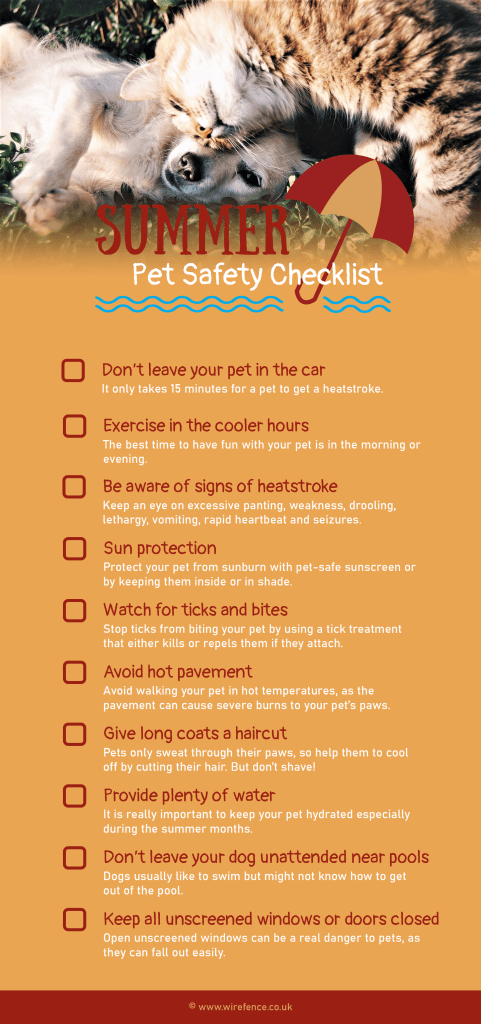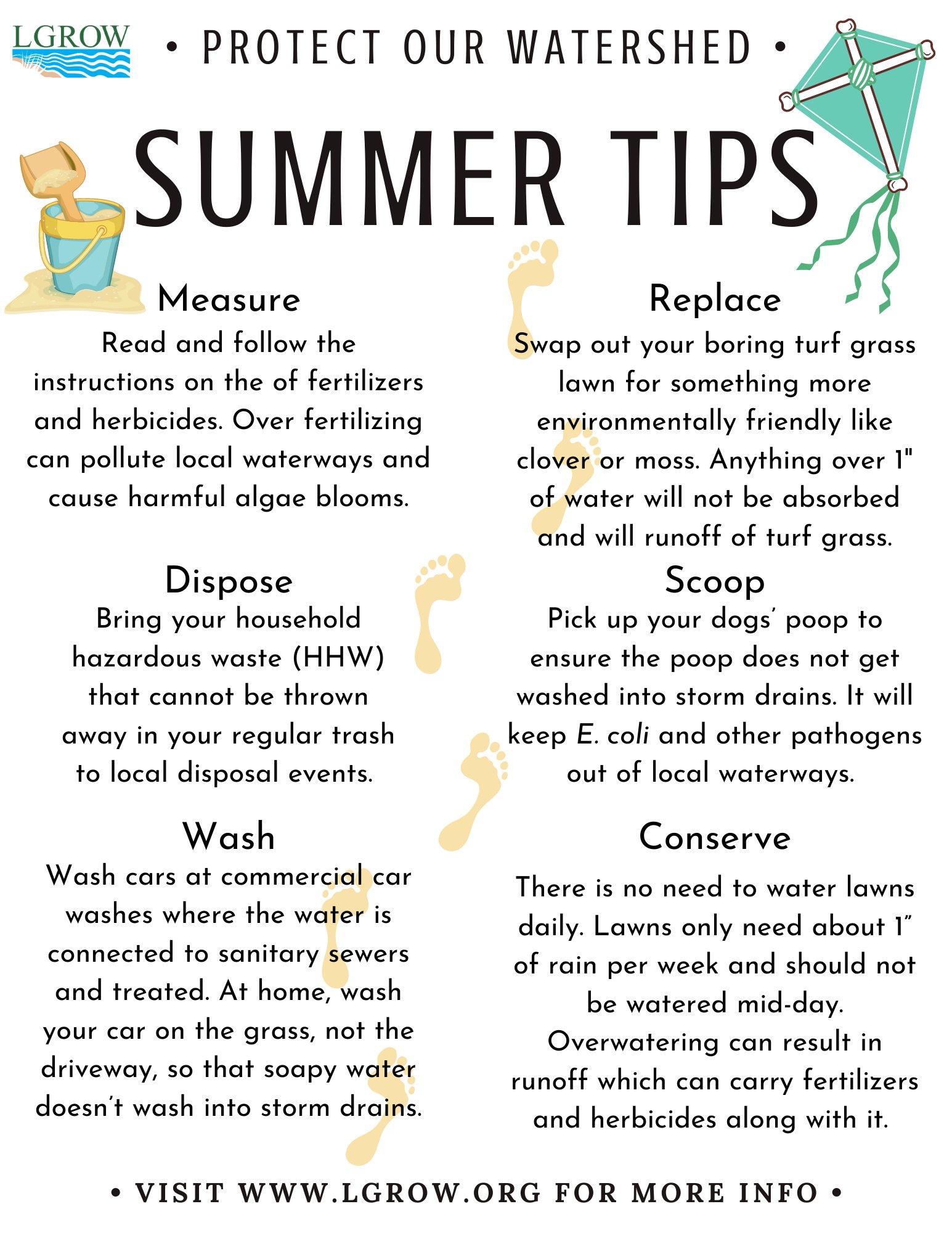
15 Swimming Safety Tips for Your Dog: Keep canine swimming etiquette in mind, consider flotation devices, check conditions, stay safely hydrated, take rest breaks, keep safety top of mind, and prevent swimming-related health issues. Swimming can be a fun activity for your dog, but it’s essential to prioritize their safety.
Dogs must follow specific guidelines to ensure a safe swimming experience, just like humans. From proper swimming etiquette to using flotation devices, there are several tips you can follow to keep your furry friend safe. We will explore 15 swimming safety tips for your dog to ensure their well-being while enjoying the water.
Let’s dive in!

Understanding The Importance Of Swimming Safety For Dogs
Understanding the importance of swimming safety for dogs is essential to ensuring their well-being. Here are 15 swimming safety tips to keep your dog safe, including using flotation devices, checking conditions, staying hydrated, and taking rest breaks.
Why Swimming Safety Is Important For Dogs
Swimming safety is paramount for dogs to ensure their well-being and prevent accidents or injuries. Dogs, like humans, enjoy swimming as a way to cool off during hot weather or as a form of exercise. However, not all dogs are natural swimmers, requiring proper supervision and training to swim safely. Without these precautions, dogs can experience a range of risks while swimming.
Common Swimming Safety Risks For Dogs
There are several common swimming safety risks that dogs may face if appropriate precautions are not taken:
- Drowning: Dogs can tire quickly while swimming, leading to exhaustion and potential drowning if they cannot stay afloat.
- Waterborne diseases: Dogs can be susceptible to certain waterborne diseases, such as leptospirosis, which can be contracted from contaminated water sources.
- Chemicals in pools: Swimming in pools treated with chemicals can cause skin irritation and other health issues for dogs if they are not rinsed off properly.
- Heat exhaustion: Dogs can overheat while swimming, especially in warmer temperatures. Heat exhaustion can lead to dehydration, fatigue, and even heat stroke.
- Injuries: Dogs can injure themselves while swimming by colliding with objects or rough surfaces in the water.
The Benefits Of Teaching Your Dog To Swim Safely
Teaching your dog to swim safely offers several benefits:
- Physical exercise: Swimming is a low-impact activity that provides an excellent form of exercise for dogs, promoting cardiovascular health and muscle development.
- Joint health: Swimming can benefit dogs with common issues or conditions, such as arthritis, as it takes pressure off their joints while allowing them to stay active.
- Mental stimulation: Training your dog to swim safely can provide mental stimulation and help build their confidence in the water.
- Bonding: Engaging in swimming activities with your dog can strengthen the bond between you and your furry companion.
- Water safety awareness: Teaching your dog to swim safely increases their understanding of water safety, reducing the chances of accidents or drowning.
By understanding the importance of swimming safety for dogs and being aware of the potential risks and benefits, you can ensure a positive and safe swimming experience for your beloved canine companion.

Credit: m.facebook.com
Preparing Your Dog For Safe Swimming
Swimming can be a fantastic dog activity, providing exercise and mental stimulation. However, ensuring your furry friend is well-prepared for safe swimming is essential. Taking certain precautions and following these swimming safety tips can provide your dog with a fun and secure swimming experience.
Warming Up Before Swimming
Before diving into the water, it’s essential to warm up your dog’s muscles and prepare their body for physical activity. Like humans, dogs can benefit from stretching and gentle exercises before swimming. This helps prevent injuries and ensures their body is primed for swimming.
Using A Life Jacket
A life jacket is a crucial safety accessory for swimming with your dog. Regardless of your dog’s swimming ability, a life jacket provides protection and buoyancy. It also makes spotting your dog in the water more accessible and can be a lifesaver in emergencies.
Supervising And Being In The Water With Your Dog
Keeping a close eye on your dog while they swim is paramount. Never leave them unattended in the water, as accidents can happen even to the most experienced swimmers. Being in the water with your dog, offering support and reassurance, is also a good idea. This helps build trust and ensures their safety.
Starting In Shallow Water
When introducing your dog to swimming, starting in shallow water is best. This allows them to gradually get comfortable and gain confidence without being overwhelmed. Start with a calm body of water, such as a pool or a lake with a gentle slope. This way, your dog can ease into swimming at their own pace.
Making Swimming Fun For Your Dog
Swimming should be an enjoyable experience for your furry friend. To make it fun, bring along some toys or treats to keep them engaged. Playing games like fetch in the water can encourage them to swim and add an extra element of excitement. Remember to praise and reward your dog for their swimming efforts.
Following these tips and preparing your dog for safe swimming can ensure a positive and enjoyable experience for you and your beloved companion. Remember to prioritize their safety, be patient, and make swimming a fun and rewarding activity for them.
Essential Swimming Safety Tips For Dogs
Ensure your dog’s safety while swimming with these essential tips. Keep canine swimming etiquette in mind, consider using flotation devices, check water conditions, stay hydrated, take regular rest breaks, and always prioritize safety. Remember to prevent swimming-related health issues and make swimming a fun and enjoyable experience for your furry friend.
Ensuring Your Dog Wears A Life Vest
One of the first things you should do before allowing your dog to swim is to ensure they wear a life vest. Like humans, dogs can tire quickly in the water, and a life vest provides an extra layer of safety. It helps to keep them afloat and reduces the risk of accidents or drowning. Find a life vest that fits your dog correctly and suits their size and weight.
Applying Sunscreen To Protect Your Dog’s Skin
Protecting your dog’s skin from the sun is crucial, especially if they have short hair or light-colored fur. Like humans, dogs can get sunburned, leading to pain and discomfort. Apply a pet-safe sunscreen to areas vulnerable to sunburn, such as the ears, nose, belly, and exposed skin. Use a sunscreen specifically designed for dogs to avoid any potential harm from ingredients that could be toxic to them.
Checking The Water Temperature
Before letting your dog take a dip, always check the water temperature. Dogs are sensitive to extreme temperatures, and cold or boiling water can be dangerous. The ideal water temperature for dogs is around 70–80 degrees Fahrenheit (21-27 degrees Celsius). If the water is too cold or hot, it’s better to abstain from letting your dog swim to avoid discomfort or health issues.
Keeping Your Dog Hydrated
Hydration is crucial for dogs, especially during physical activities like swimming. Ensure you provide fresh water for your dog to drink before, during, and after swimming. Bring a portable bowl, and periodically offer your dog small amounts of water to keep them hydrated. This will help prevent dehydration and ensure their well-being while enjoying the water.
Always supervise Your Dog While Swimming.
Never leave your dog unattended while swimming. Drowning can happen quickly and quietly, even for experienced swimmers. Always watch your dog closely and be ready to assist if they show signs of distress or fatigue. Stay within arm’s reach and provide constant supervision to ensure their safety. Accidents can happen instantly, so it’s better to be safe than sorry.
Cleaning Your Dog After Swimming
After swimming, cleaning your dog to remove any chlorine, bacteria, or other potentially harmful substances from their fur and skin is essential. Rinse their body thoroughly with clean water to remove any residue. Pay extra attention to their ears, as water can easily get trapped inside and cause infections. Use a pet-friendly shampoo for bathing them afterward, ensuring they are clean and fresh after their swim.

Frequently Asked Questions On 15 Swimming Safety Tips For Your Dog
How Do I Keep My Dog Safe When Swimming?
To keep your dog safe when swimming: 1. Follow swimming etiquette and supervise your dog. 2. Use a flotation device if needed. 3. Check swimming conditions and water quality. 4. Keep your dog hydrated and take rest breaks. 5. Prioritize safety and prevent swimming-related health issues.
Is it Okay to Let Your Dog Swim in Your Pool?
Letting your dog swim in your pool is generally okay if the pool chemicals are adequately maintained. However, some dogs may have skin reactions. If your dog experiences any adverse reactions, it’s best to keep them out of the pool.
Always supervise your dog while swimming, and consider using a life jacket for added safety.
How Do I Prepare My Dog for Swimming?
To prepare your dog for swimming, warm up their body with some activity and use a life jacket for safety. Be in the water with your dog, and start in shallow water. Most importantly, focus on having fun!
What do dogs need to swim?
To swim, dogs need a calm body of water, water toys, and a life jacket for safety. Ensure water quality and supervise your dog while swimming. Start in shallow water and gradually introduce them to deeper areas. Have fun, and keep your pup hydrated.
Conclusion
Ensure the safety of your furry friend while swimming with these 15 essential tips. From canine swimming etiquette to using flotation devices and checking conditions, there are many ways to keep your dog safe in the water. Remember to stay hydrated, take plenty of rest breaks, and maintain safety as your top priority.
Following these guidelines can prevent swimming-related health issues and ensure a fun and safe experience for your dog. So dive in, have fun, and keep your pup safe!





